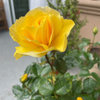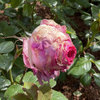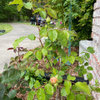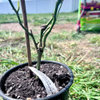Calcium spray vs. botrytis/balling update
michaelg
12 years ago
Related Stories

BATHROOM DESIGN7-Day Plan: Get a Spotless, Beautifully Organized Bathroom
We’ve broken down cleaning and decluttering the bath into daily, manageable tasks
Full Story
HOUSEKEEPINGTackle Big Messes Better With a Sparkling-Clean Dishwasher
You might think it’s self-cleaning, but your dishwasher needs regular upkeep to keep it working hard for you
Full StorySponsored
More Discussions











jacqueline9CA
michaelgOriginal Author
Related Professionals
Holly Springs Landscape Architects & Landscape Designers · New Mexico Landscape Architects & Landscape Designers · Owings Mills Landscape Architects & Landscape Designers · Bethlehem Landscape Contractors · Brookfield Landscape Contractors · Burien Landscape Contractors · Deerfield Landscape Contractors · Ellicott City Landscape Contractors · Hoffman Estates Landscape Contractors · Los Banos Landscape Contractors · Middleton Landscape Contractors · Natick Landscape Contractors · Rancho Santa Margarita Landscape Contractors · South Farmingdale Landscape Contractors · Woodburn Landscape Contractorsmike_rivers
strawchicago z5
michaelgOriginal Author
strawchicago z5
michaelgOriginal Author
strawchicago z5
strawchicago z5